Ample on street parking? For free? I turned to my colleague, “What is this place we find ourselves in?”
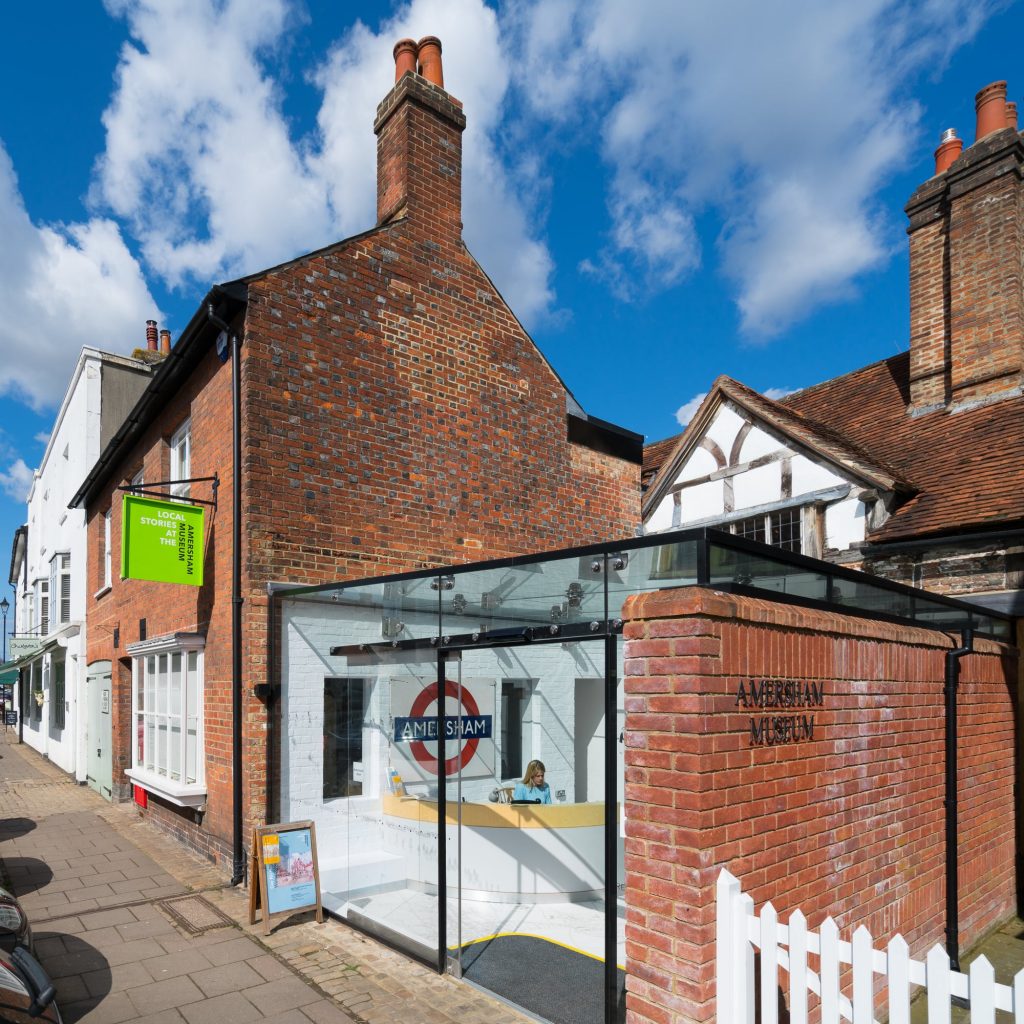
We were in Amersham (21/10/2019), a short 1 hour car journey from West Oxfordshire, for the October SEMFed study day. Located on the High Street in Old Amersham, Amersham Museum has an attractive glass frontage which really helps it to stand out amongst the historic buildings. Later in the day, our host, Emily Toettcher Curator of Amersham Museum, told us that this recent addition, completed in 2017, has linked together the medieval building, previously hidden from view, along with the once beauty salon adjacent and the high street. It is a bright and inviting space, clearly signposting the Museum.
Once members arrived we were greeted with tea, coffee and biscuits (key components of all study days) and were invited to sit in a circle in the Museum’s multi-purpose room. Emily began by giving us the Museum’s backstory. Initially, the local history society displayed objects annually in the Town’s market hall. The aspiration to open a permanent museum was later met with the desire of the Buildings Trust to purchase the historic Medieval building that the Museum now occupies. Once restored, this space was opened in 1991 as the Amersham Museum. Some slightly odd building choices, such as placing the office at the front of the building where the entrance now stands, led to a further redevelopment and reimaging with money from the HLF (now National Lottery Heritage Fund) which also spurred on a change of focus for the interpretation on display. Five key dates in the town’s history, along with five key people and five key buildings give the solid foundation for weaving the story of the town throughout the displays. Some rather wonderful interactive quizzes on tablets in robust looking wooden frames, and plenty of immersive seating areas make the Museum feel cosy and playful. The garden outside has incredible views, along with hundreds of plant varieties. We were told about the Museums large and supportive team of volunteers who have a primarily operational focus.
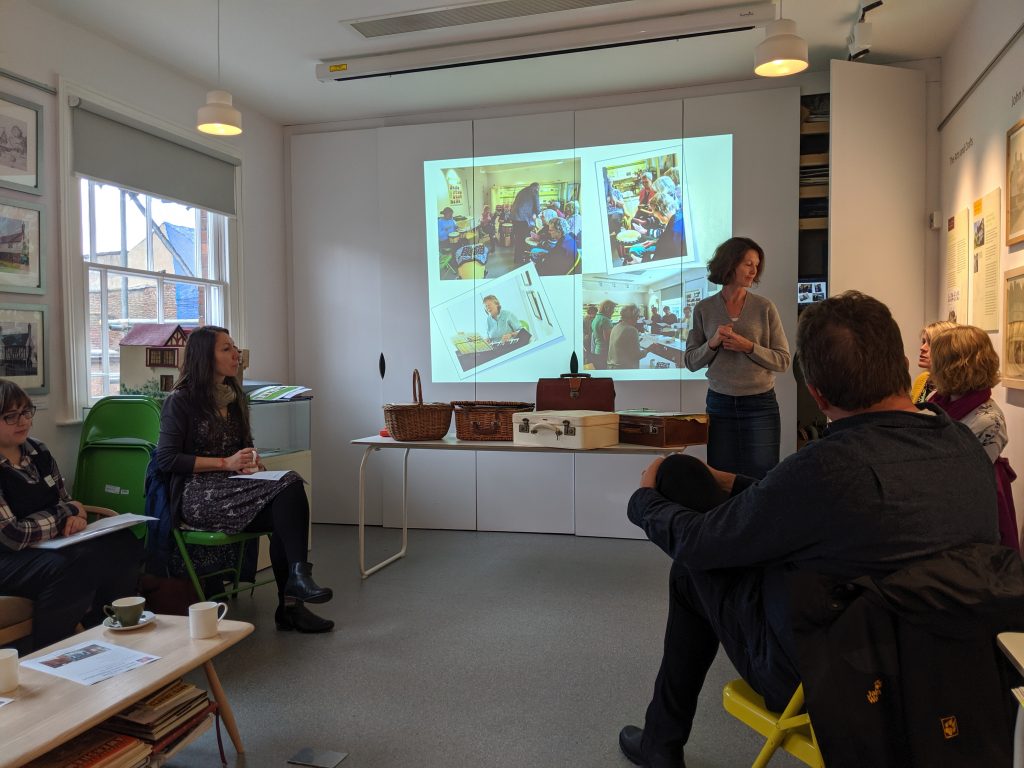
Next up was the Museum’s Age Friendly and Reminiscence activities. Around 6 years ago, a group was started that met to reminisce and since then the service has broadened. It now visits local care homes delivering reminiscence ‘box’ activities, has started a singing group, and a project to create memory style books with local residents. We had a good look at some of the boxes on offer, such as a 60s and 70s box as well as a medical themed box. Those present discussed some of the difficulties with delivering reminiscence sessions and how these could be overcome. Out of the initial reminiscence group a singing project developed. The overwhelming feeling I had from this was that the museum was delivering a huge amount due to invested and caring volunteers – an invaluable asset!
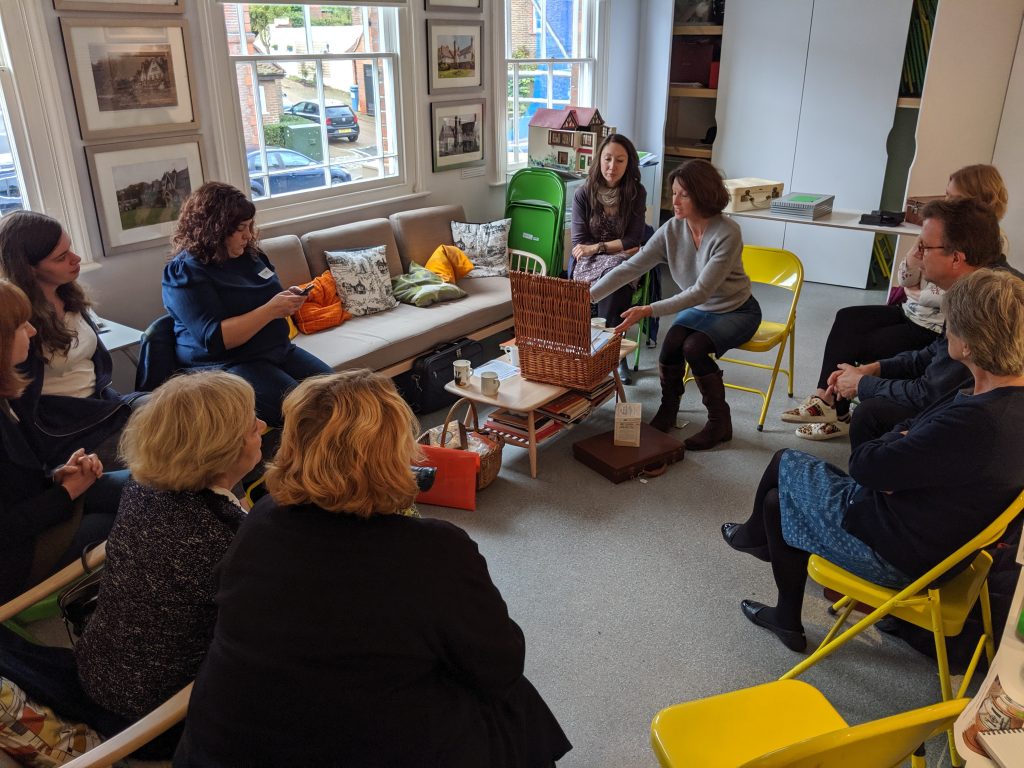
After lunch and explore of the Museum, we visited the Mobile Museum. This, we later found out, was a converted taxi, developed to help bring the Museum out to the people! Created due to a feeling that the perception of the Museum’s attendance at fetes and events was a little dull, the Mobile Museum was an Activity Plan project in Amersham Museum’s wider HLF redevelopment. Emily and the team had to take various aspects of creating the Mobile Museum into consideration. For example, yes, you might want a large space to display as much as possible, but then you would need special licences for driving (and it would also be very difficult!). The design the team decided on is striking and unique. Its use as a community focal point was clear to me, a way of lodging the Museum’s presence in the mind of local people (much like your favourite chip van or the library bus might have!) It was a really clever way of both promoting the Museum, hopefully resulting in visits to the Museum site, whilst having the obvious practical benefit of being able to bring the Museum to the people. We got to have a sit in the wonderfully named Anthony, after the Museum’s former chairman who helped to set it up, and an explore inside.
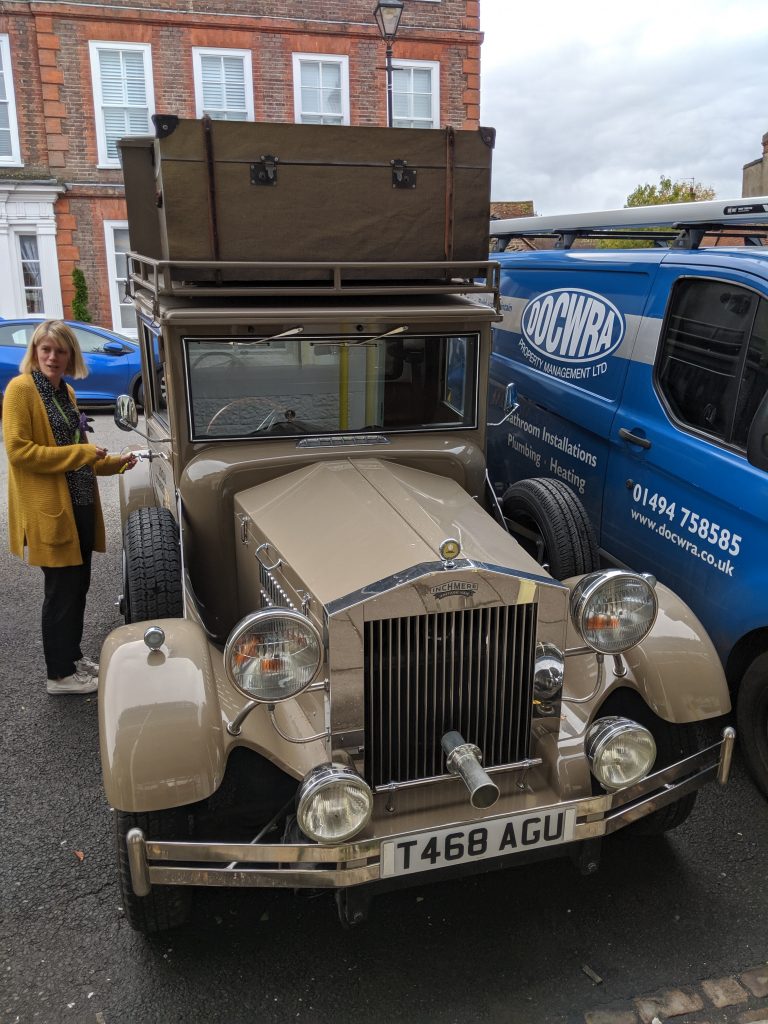
After returning to the relative warmth of the education/multipurpose room, Emily talked us through a range of projects with schools and explained the Chiltern Club of Arts. Interestingly, inspiration for the Club of Arts came from archive material found in a suitcase – Emily compared the Club of Arts to the modern day U3A (University of the Third Age). Using the premise of learn and practice, the Chiltern Club of Arts for Juniors is a term based art club which encourages 7–11 year olds to work towards an Arts Award. A practising artist always works with the children and they get to visit them at work. Working with schools, and again coordinating with artists, Amersham Museum has created some great art pieces, such as statues, mosaics and even a book of the town’s history. As always with a SEMFed study day, it was really interesting to find out what had worked well and where things could be changed and improved upon for the next time.
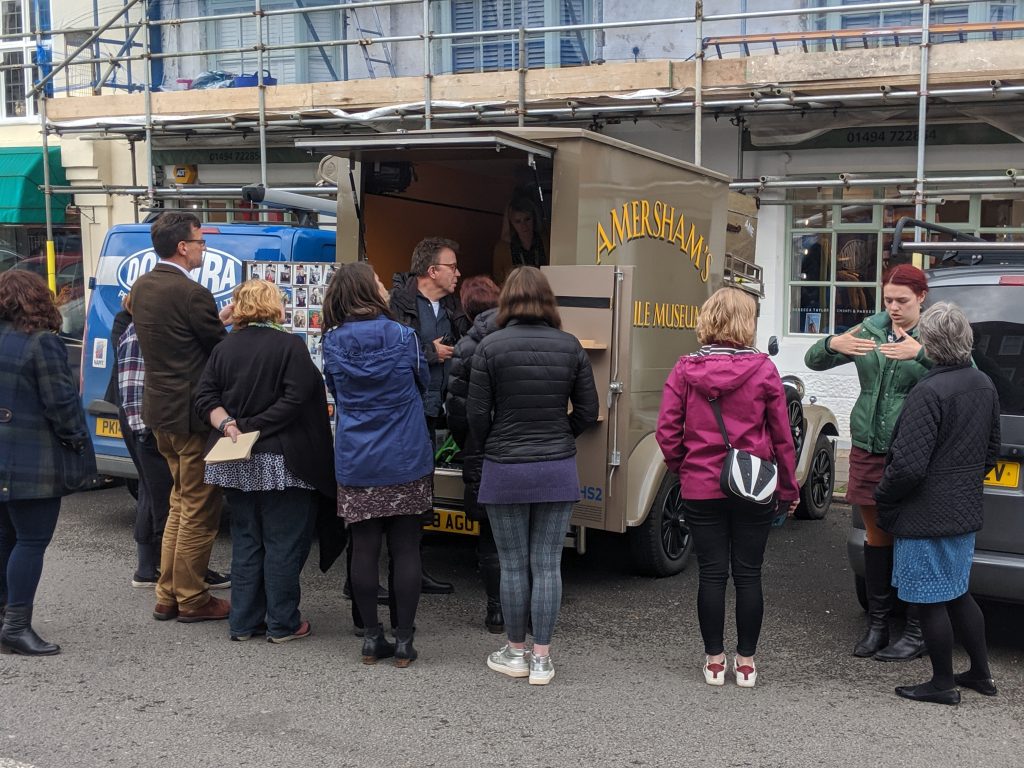
I thoroughly enjoyed my day at Amersham and I hope members enjoyed it too. A huge thank you to Emily and colleagues for hosting us and if you didn’t make it along, make sure you make the trip to Amersham, it is worth it!
Written by David Juler, Museum Development Officer at the Museum of Oxford and Committee Member and Web Officer for the South and East Museums Federation.